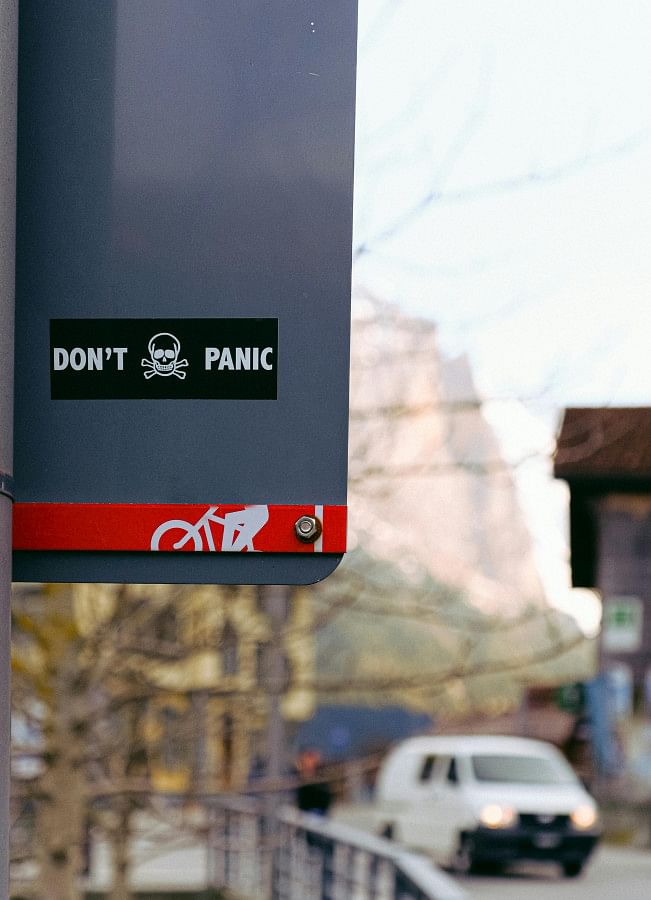"Having a panic attack" is something we keep hearing all the time. However, what most of us do not know is that panicking about something and having a panic attack are two very different problems.
Panic attacks are intense episodes of fear or discomfort that can strike without warning, often leaving people feeling overwhelmed and out of control. Unlike "panic", which we usually feel when something is making us anxious, panic attacks come on abruptly, peaking within minutes.
Not all panic attacks are the same. A mild attack might last only a few minutes with manageable symptoms like dizziness or light-headedness. In contrast, a severe episode can be very painful with symptoms like intense chest pain, hyperventilation, and a sense of detachment from reality.
Panic attacks can be triggered by a variety of factors, some more obvious than others. High levels of stress, major life changes, unresolved trauma, or chronic illness are common culprits. In some cases, specific phobias—like fear of flying or crowded spaces—can trigger it. However, what makes these attacks all the more distressing is that they do not always have a clear cause. When they seem to happen "out of the blue," you may find yourself feeling powerless and anxious about when the next attack might strike.
However, this does not mean that we should let our fear control us. Like any physical discomfort, if you learn to recognise the early signs of an oncoming panic attack it can provide a small window of escape before the attack worsens.

Some people describe a sudden wave of unease, light-headedness, or shortness of breath while others may feel a racing heart, nausea, or tightness in the chest, accompanied by a sense of impending doom. Stopping a panic attack once it has begun can feel challenging, but certain strategies can help reduce its intensity.
One effective method is deep breathing: focusing on slow, controlled breaths can interrupt the fight-or-flight response. Grounding techniques, like paying attention to your surroundings and engaging your senses, can also help bring your mind back to the present. Muscle relaxation exercises, where you tense and release each muscle group, are another way to reduce physical tension.
Managing panic attacks in the long term, on the other hand, involves developing healthy coping mechanisms. Regular mindfulness or meditation practices can lower overall anxiety levels and make it easier to stay calm under pressure. Physical exercise is another powerful tool for stress management, as it helps regulate the body's stress response. In addition, learning breathing exercises and grounding techniques can provide you with tools to manage future attacks before they spiral out of control.
While self-help methods are effective sometimes, it's important to seek professional counselling if panic attacks become frequent and more severe. Cognitive-behavioural therapy (CBT) is one of the most effective treatments for panic disorder, which helps you identify and change thought patterns that trigger attacks.
Panic attacks can feel overwhelming for sure but with the right help, they can be managed as well as prevented. Learning to recognise the signs, understanding the triggers, and practising calming techniques can help you regain control. If panic attacks are affecting your quality of life, do not hesitate to seek professional help.












Comments